Calling all divers and citizen scientists: hunt for shark eggcases launches in Australia
The Great Eggcase Hunt has landed on Australian shores, calling on citizen scientists to help researchers learn more about sharks, skates and chimaeras by finding and recording eggcases found both underwater and washed up along our coasts.
CSIRO, Australia’s national science agency, is calling on citizen scientists to find and record eggcases seen on dives as well as those found washed up on Australian coasts, so researchers can better-understand egg-laying sharks, skates and chimaeras.
The Great Eggcase Hunt, an initiative of UK-based charity The Shark Trust, has launched in Australia in partnership with CSIRO to help provide new data for scientists studying the taxonomy and distribution of these sharks, skates and chimaeras.
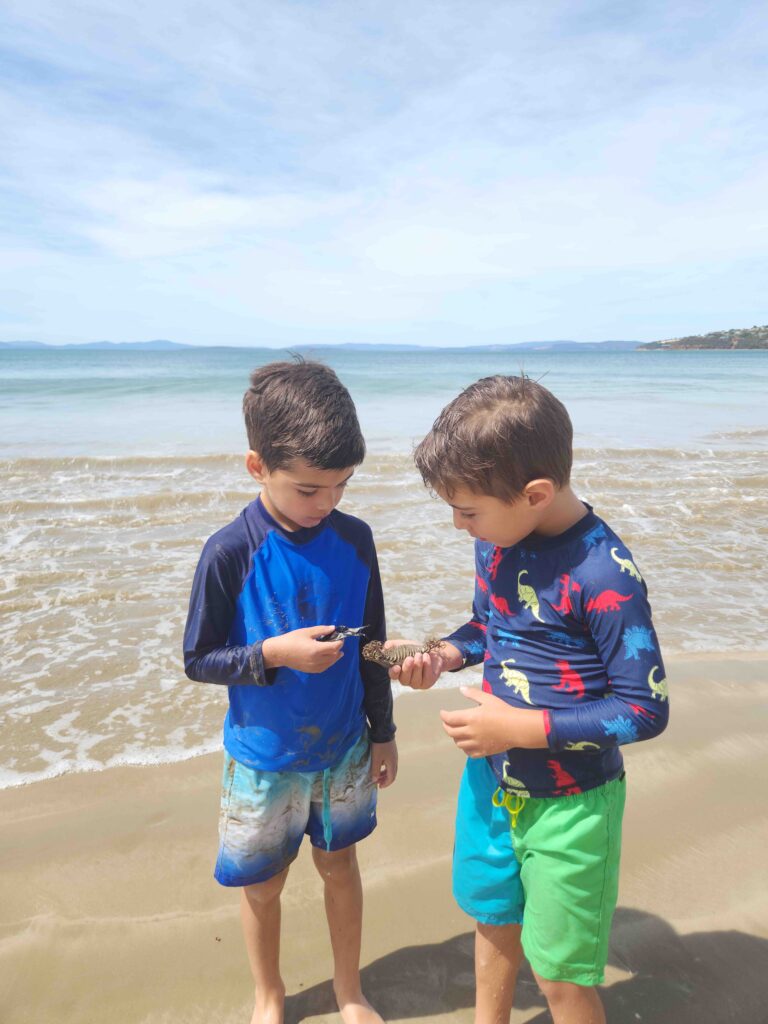
Helen O’Neill, CSIRO Australian National Fish Collection biologist, said recording sightings of eggcases on beaches and coastlines would help scientists discover what the eggcases of different species look like, with some still unknown.
“Eggcases are important for understanding basic biology, as well as revealing valuable information such as where different species live and where their nurseries are located,” Ms O’Neill said.
Cat Gordon, Senior Conservation Officer at The Shark Trust said the Great Eggcase Hunt began in the UK 20 years ago and has since recorded more than 380,000 individual eggcases from around the world.
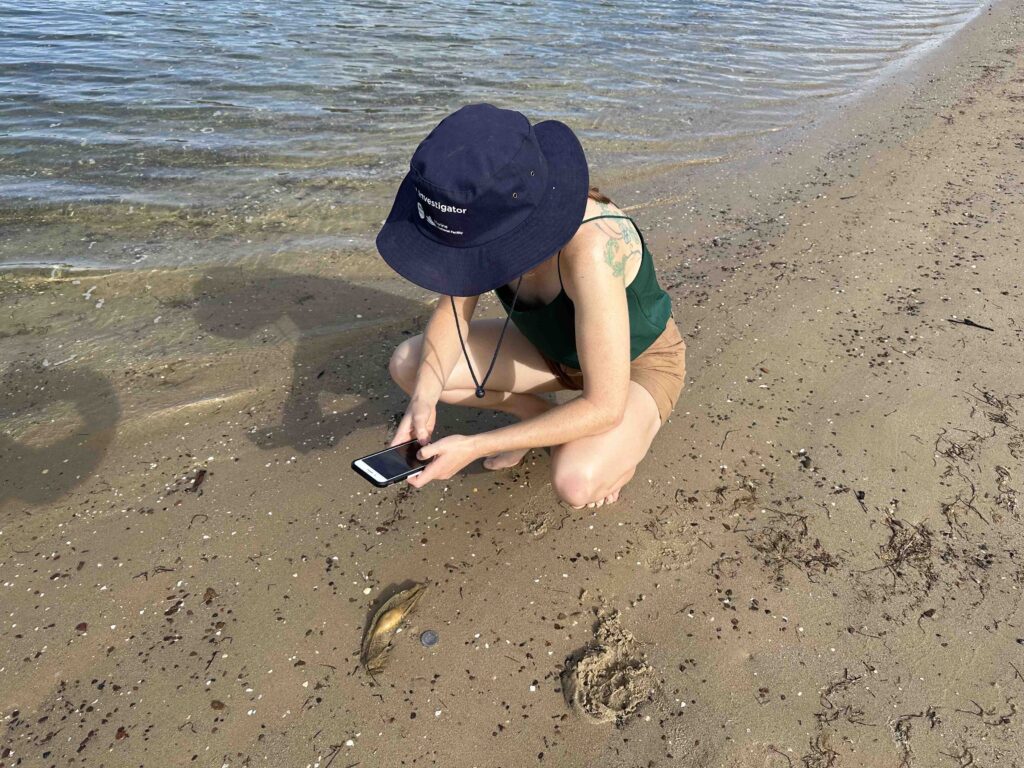
“We’re really excited to be partnering with CSIRO to officially launch this citizen science project in Australia and to be able to expand the Shark Trust’s eggcase identification resources. There’s such a diversity of species to be found around the Australian coastline, and with a tailored identification guide created for each state, they really showcase the different catsharks, skate, horn sharks, carpetsharks and chimaera eggcases that can be found washed ashore or seen while diving,” Ms Gordon said.
Also known as mermaids’ purses, eggcases come in many different shapes and colours, ranging from cream and butterscotch to deep amber and black. The range in size from approximately 4 to 25 centimetres.
Some eggcases have a smooth and simple appearance, while others have ridges, keels or curling tendrils that anchor them to kelp or coral. Port Jackson sharks have corkscrew-shaped egg cases that they wedge into rocks.
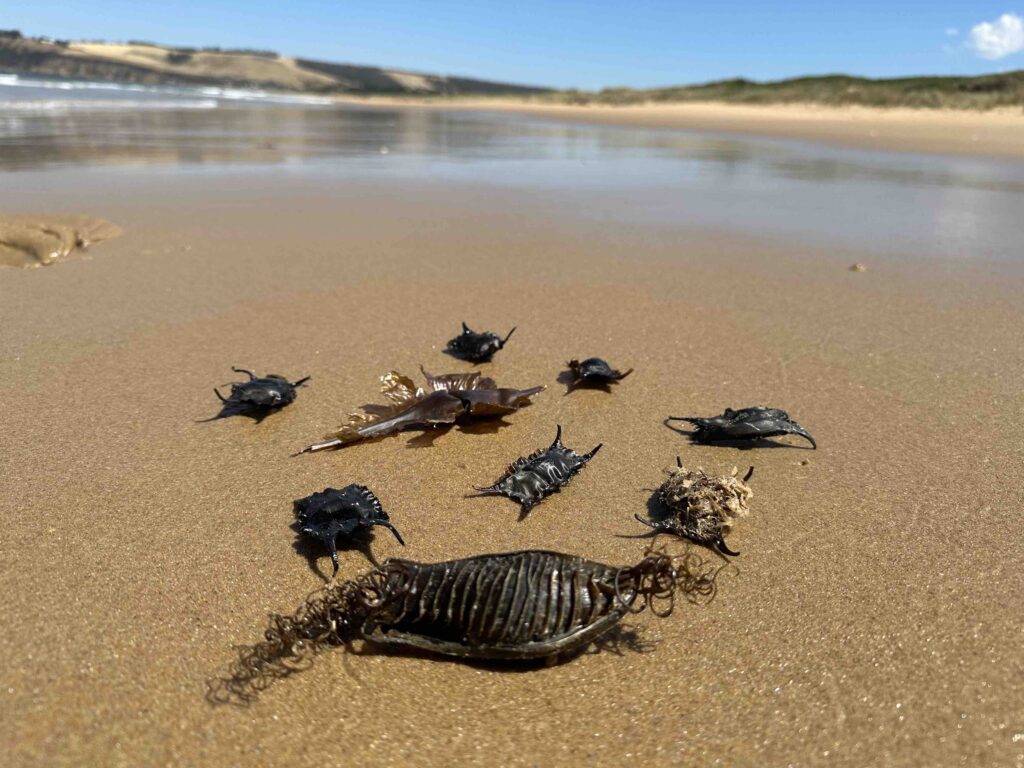
“At the Australian National Fish Collection, we are matching eggcases to the species that laid them,” Ms O’Neill said.
“We borrow eggcases from other collections, museums and aquariums around the world and use our own specimens collected from fish markets, from surveys at sea or extracted from the ovaries of preserved specimens in our collection,” she said.
Eggcases found on beaches rarely contain live embryos, whose incubation times range from a few months up to three years, depending on the species. However, if they’re seen in situ while diving, they may still contain a live embryo and so these eggcases should not be picked up or disturbed – if you can, take a photo and submit that along with your sighting when you’re back on dry land.
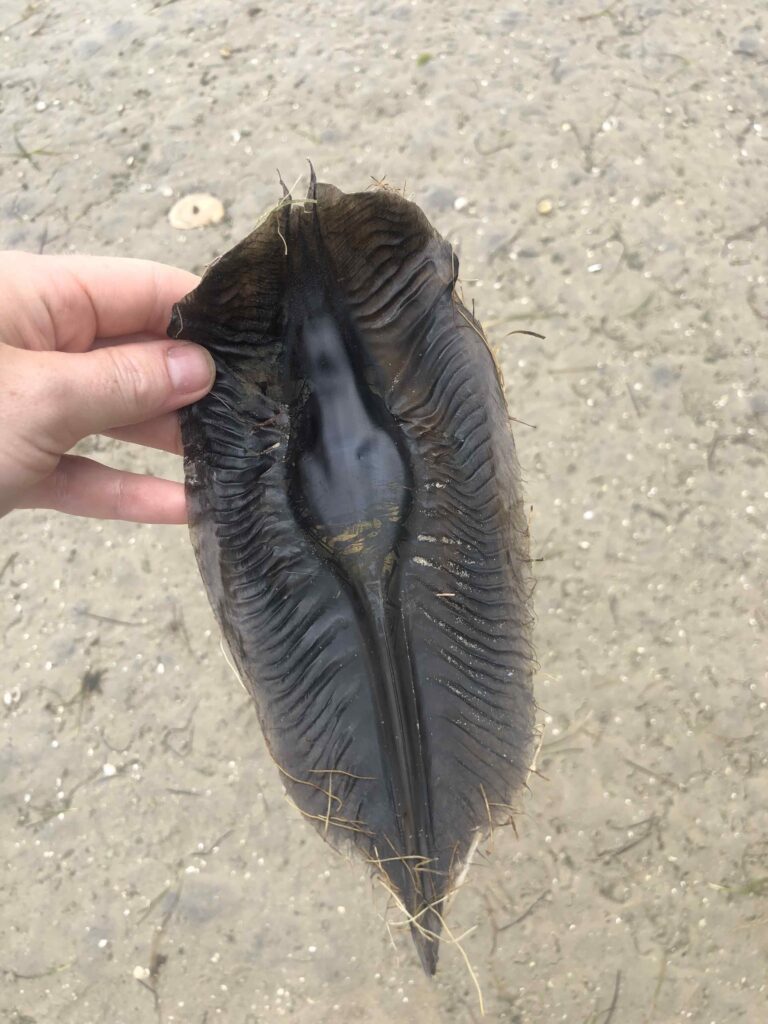
The Shark Trust is a UK-based charity dedicated to safeguarding the future of sharks, skates, rays, and chimaera through positive change. The Trust achieves this through science, education, influence, and action.
To get involved in the Great Eggcase Hunt, you can record sightings via the Shark Trust citizen science mobile phone app or through the project website Egg Case
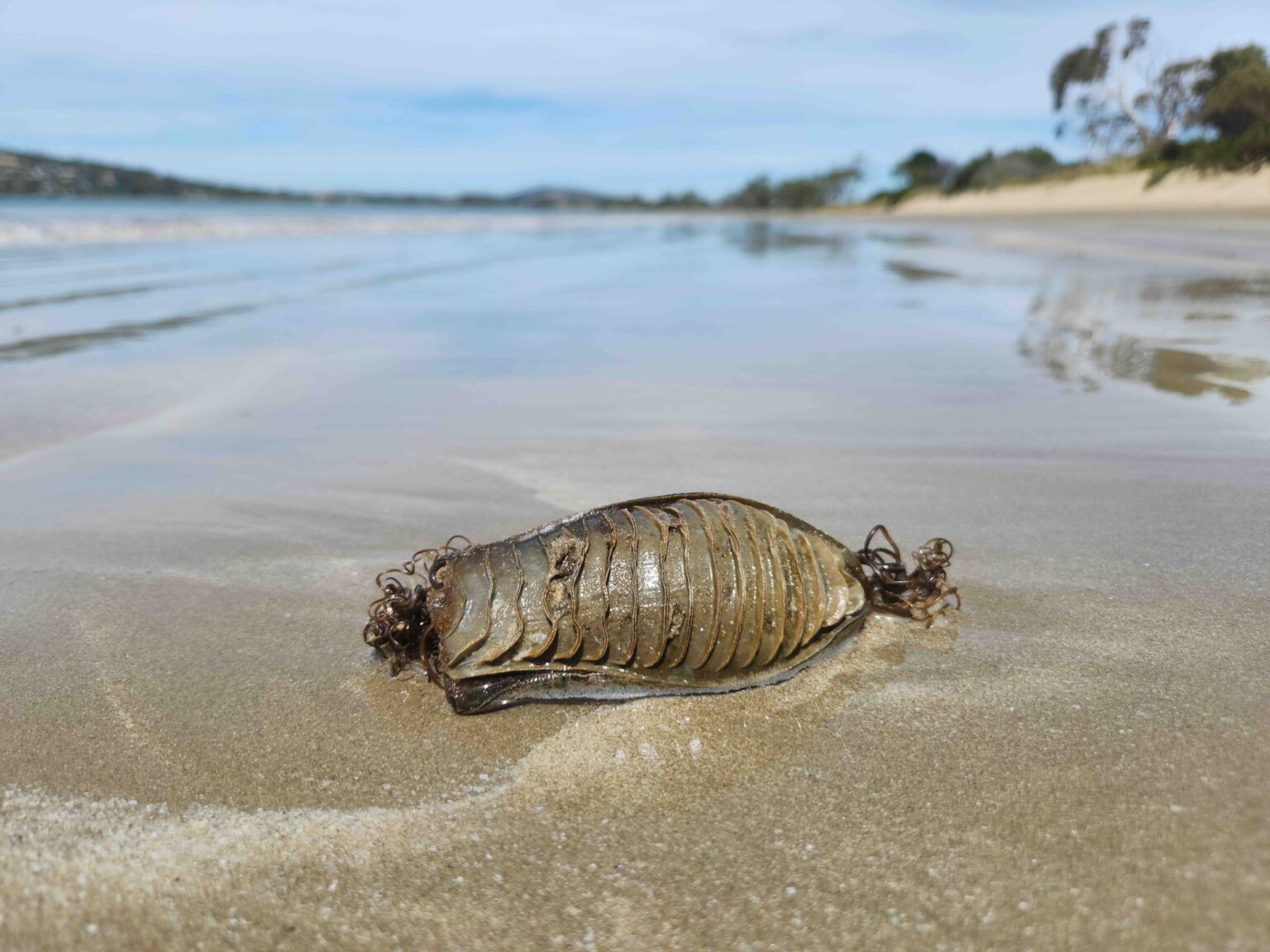


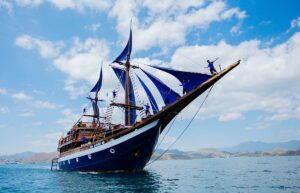
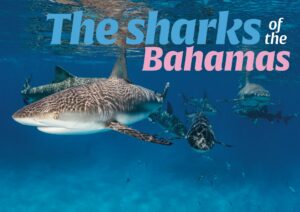
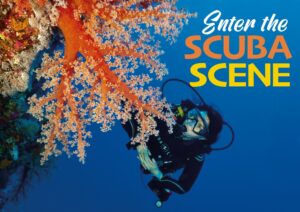
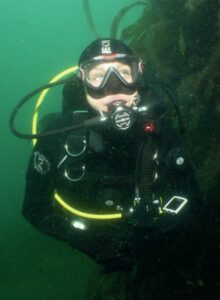
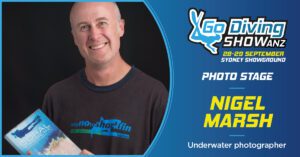
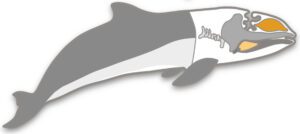
Very ambitious project. Increased knowledge in any form is beneficial to help species survive
I thought sharks were born alive??
Depends on the species